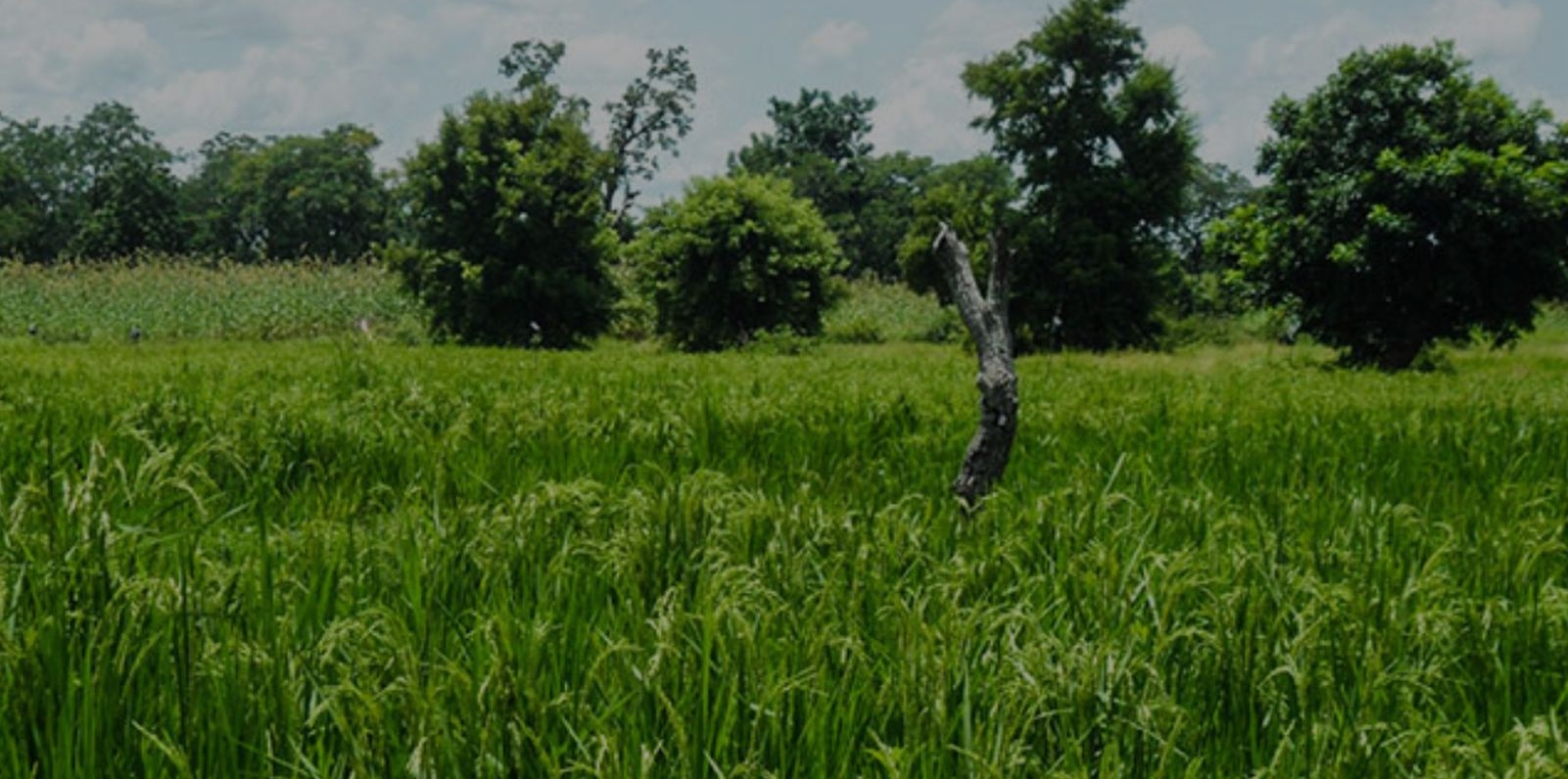About the Project
Burkina Faso has been faced with some major challenges over the years that have threatened food security in the country, from a severe drought in 2011 to an influx of Malian refugees in 2012. As a Sahelian country with 86% of its population employed in the agricultural sector, Burkina Faso is vulnerable to climate shocks, which lead to poor harvests yields, a challenging food production system, and a poor rural population, in addition to the pastoralist lifestyle that promotes competition and may lead to conflict.
GAFSP invested $37.1 million to scale up activities to improve the capacity of poor producers to increase food production and to ensure improved availability of food products in rural markets. PAPSA supported the government’s National Rural Sector Program by helping poor farmers increase their crop and livestock production and by expanding the volume of food products sold in rural markets. This includes activities such as improving crop production infrastructure through an additional 3,000 hectares of lowland development, 2,000 hectares of small-scale irrigation, and 800 kilometers of corridors to facilitate animal access to water resources and supporting an additional 5,000 hectares of soil conservation and 3,000 compost pits for soil restoration. The project engaged in a variety of activities to develop animal production facilities, including constructing 5,000 fattening units for cattle and sheep, improving vaccine dissemination, building farmer capacity on artificial insemination techniques for cattle, and improving milk collection and processing efforts. The project also supported the warrant warehouse receipt system, a rural credit guarantee scheme for 500 farmers’ organizations, and post-harvest management and marketing of food products by constructing 50 community warehouses.
Country
- Burkina Faso
Project Status
ClosedFunding
PublicSupervising entity
- World Bank
Call Year
2013GAFSP Funding Amount
37.10Project Highlights

people benefited from the project

of beneficiaries were women

hectares of land equipped with new irrigation and drainage services
Results
PAPSA has benefited 853,207 people, 31 percent of whom were women, exceeding the end-of-project target of 800,000.
To promote post-harvest activities and reduce post-harvest losses, the project has ensured that 31 multifunctional platforms were operative and distributed 200,000 triple bagging units to women for cowpea conservation.
PAPSA's key achievements include:
- Equipping 15,625 hectares of land with new irrigation and drainage services
- Installing 36 private or private-public agro-processing and quality control facilities, meeting the project target
- Helping pilot the e-voucher mechanism in six regions
- Helping the quantities of agricultural products stored through the warrantage (warehouse receipt system) reach 20,427 tons, against a target of 10,000 tons
As a result of project activities, 39,485 hectares of additional land have adopted project-promoted technology and the average annual yields of rice observed in project-developed lowlands have evolved positively from 2.24 tons per hectare in 2013 to 3.2 tons per hectare in 2018.
Contact
GAFSP Coordination Unit
gafsp-info@gafspfund.org
Documents
Official Project Documents:
